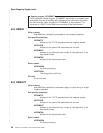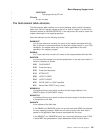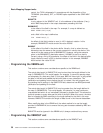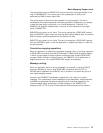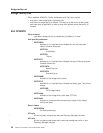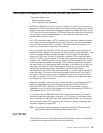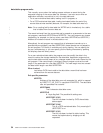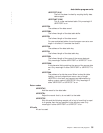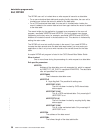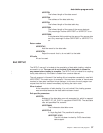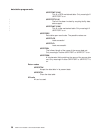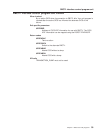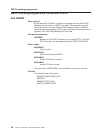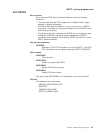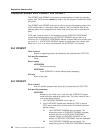Exit XDTAD
The XDTAD user exit is invoked when a write request is issued to a data table.
v For a user-maintained data table and coupling facility data table, the user exit is
invoked once—before the record is added to the data table.
v For a CICS-maintained data table, the user exit is invoked twice—before the
record is added to the source data set and then again before the record is added
to the data table.
The record written by the application is passed as a parameter to the user exit
program—see fields UEPDTRA and UEPDTRL. Your exit program can choose
(depending on the key value, for example—see fields UEPDTKA and UEPDTKL)
whether to include the record in the data table or not. This decision is indicated by
setting the return code.
The XDTAD exit must not modify the data in the record. If you used XDTRD to
truncate the data records when the data table was loaded, you must code your
application so that it only tries to write records of the correct format for the data
table.
A sample XDTAD exit program is listed in the
CICS Shared Data Tables Guide
.
When invoked
One or more times during the processing of a write request to a data table.
Exit-specific parameters
UEPDTPL
Address of the data table user exit parameter list, which is mapped
by DSECT DT_UE_PLIST in copybook DFHXDTDS. The data table
user exit parameter list contains:
UEPDTNAM
The 8-character data table name.
UEPDTFLG
A 1-byte flag field. The possible bit settings are:
UEPDTSDT (X'80')
The exit has been invoked by CICS shared data
table support.
UEPDTCMT (X'40')
This is a CICS-maintained table. Only meaningful if
UEPDTSDT is on.
UEPDTCFT(X'10')
The exit has been invoked by coupling facility data
table support.
UEPDTUMT (X'08')
This is a user-maintained table. Only meaningful if
UEPDTSDT is on.
UEPDTRA
The address of the data record.
UEPDTRBL
The fullword length of the data table buffer.
data tables program exits
36
CICS TS for OS/390: CICS Customization Guide
|
|
|
|
|
|
|



